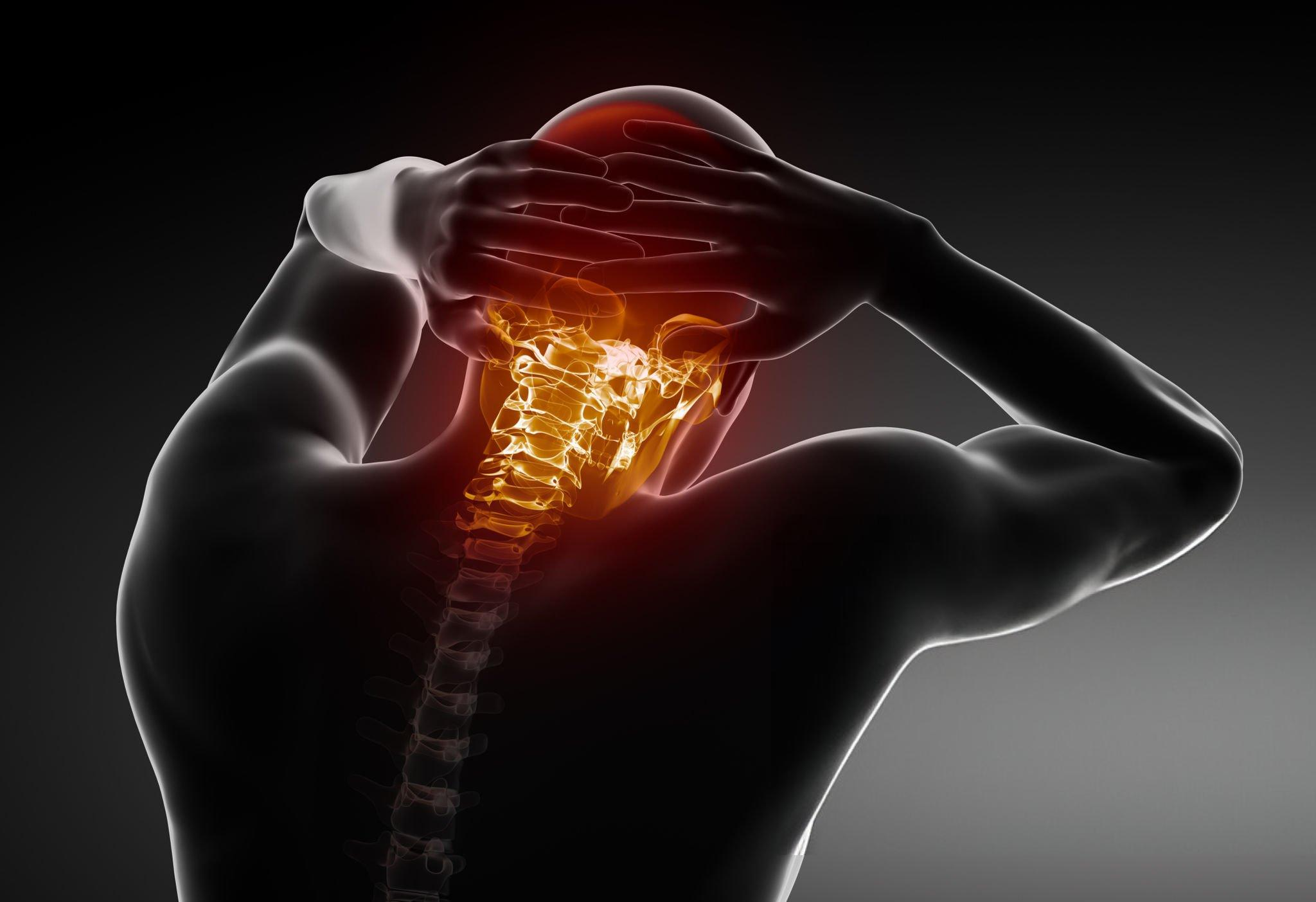SummaryUse of an electrical bone stimulator after cervical fusion surgery has proven to be a safe, effective way to enhance formation of bone and improve the outcomes. This article reviews the indications for use of an electrical bone stimulator after cervical spine surgery and answers many of the frequently-asked questions regarding its use.

Most surgeons agree that development of a solid fusion (as demonstrated by post- operative x-rays or CT scans) after attempted cervical fusion surgery leads to a better patient outcome. Although not essential to a good outcome, in general, patients with a documented solid fusion have less pain and return to previous activities quicker. Several studies point to the development of a “failed fusion” or pseudarthrosis after attempted cervical fusion surgery as associated with a higher incidence of local pain that can become chronic is some cases, necessitating additional surgery.
Methods to improve the rate of fusion are discussed in other articles on this website. These include maintaining adequate nutrition, supplements during the post-operative recovery period with vitamin D and calcium, cervical bracing with a cervical collar, elimination of known inhibitors of bone formation (such as use of tobacco products and chronic use of certain
medications like steroidal and non steroidal anti-inflammatory agents), etc. One tool to assist high-risk patients post-operatively is use of external electrical bone stimulation (EEBS).
EEBS refers to the use of a battery pack attached by wires to small adhesive patches applied to the skin of the neck to provide low-voltage external electrical current to the operative site. The electrical current painlessly penetrates the soft tissues of the neck to increase the success rate of spinal fusion surgery, especially in those patients at high risk for failed fusion (see below). These devices have been used successfully since 1964 and exist in two forms: those that create a pulsed electromagnetic field and those that provide direct current stimulation. They are usually employed for 3-9 months after initial surgery and have been found to decrease post-op pain in addition to reducing the risk of failed fusion. However, every patient is unique and no sweeping generalizations can be made regarding their effects.
Although some studies reach inconclusive results, most systemic reviews point to EEBS as significantly increasing the likelihood of a successful fusion after attempted cervical fusion (up to 2.5-3 times that seen in patients not using EEBS). Up to 90% of high-risk patients (see below) have been able to achieve a solid fusion when used for lumbar fusions. It has also been shown to increase bone density and trabecular bone formation. By reducing the risk of failed fusion, EEBS in appropriate cases can theoretically help the patient return to normal activities faster with less pain. Although relatively expensive (in the range of $6500), most insurance companies will provide for use of EEBS in high risk cases. These would include:
- Patients with diabetes
- Obesity
- Multiple level (2 or more level) fusions
- Inflammatory conditions like rheumatoid arthritis or psoriatic arthritis
- Immunocompromised (radiation, chemotherapy, AIDS) patients
- Patients with osteoporosis and osteopenia
- Smokers and recent smokers
- Revision (redo) spine surgery, especially in those patients who already have a painful failed fusion or documented hardware failure at least 6 months after the original surgery
- Patients requiring chronic use of steroids
- Systemic vascular disease
- Patients with chronic alcohol abuse Ideally, conditions promoting a failed fusion (like smoking) are corrected BEFORE the fusion operation is performed.
Patients NOT ideally suited for use of EEBS include but are not limited to:
- Patients with some implanted automatic defibrillators and pacemakers, so cardiology should be consulted before use in these patients.
- Patients with implanted ferromagnetic implants in the region (titanium is OK).
- Pregnant and pediatric patients; overall safety has yet to be determined.
- Patient with malignancy or infection
Possible side effects include: numbness and tingling; increased pain; headaches; increased frequency of migraines; nausea, and skin rashes. However, most patients have no sensation or discomfort at all.
Specific instructions on use of the device depend on the manufacturer’s recommendations. These should be discussed in detail with your surgeon and his assistants. In general, the device can be worn when sleeping, eating, driving, walking, or with any activity out of water. MRI scans are not an issue as the device can be removed for the procedure.
Although additional data is required before definitive statements can be made, use of EEBS appears to be a reasonable adjunct to improve outcomes for appropriate cervical fusion patients, with less pain, faster return to normal activities, improved quality of life, and cost-effectiveness (by reducing the need for additional surgery). Most studies agree that, compared to no stimulation or placebo trials, cervical fusion patients treated with EEBS have significantly greater rates of successful fusions, implying better overall results.
If you or a loved one has been recommended for cervical spine surgery and has any questions, including ways to heal faster after the procedure, a second opinion is always a good idea. Call us today if we can be of assistance at 1 -855-854-9274 — ask about our free MRI review!





